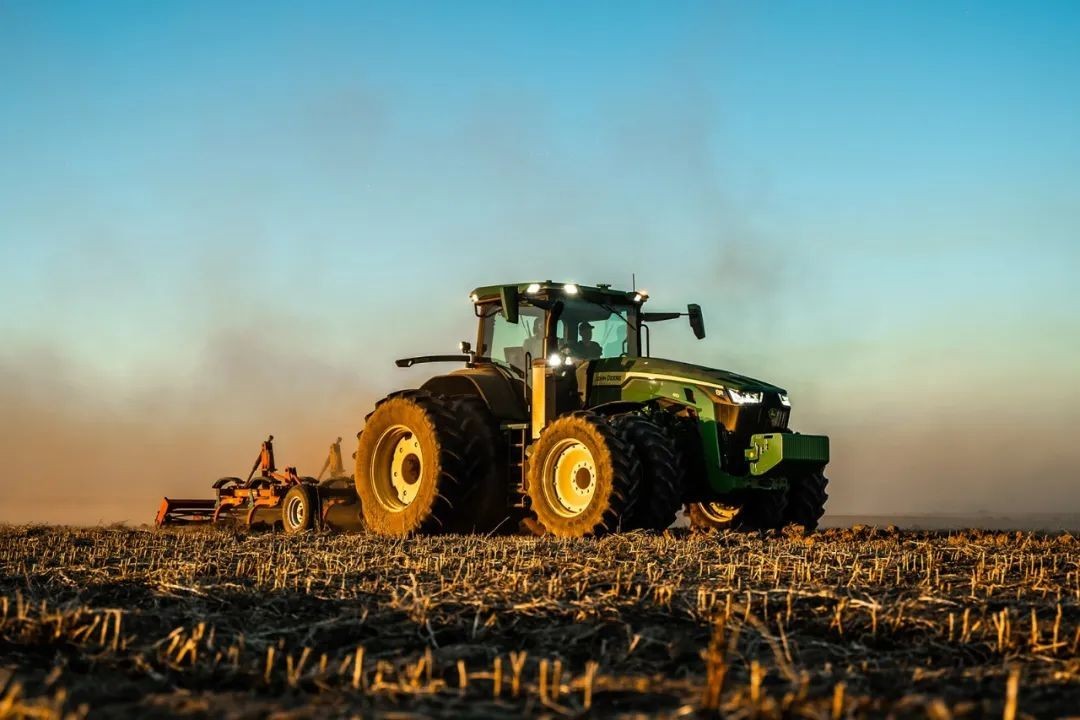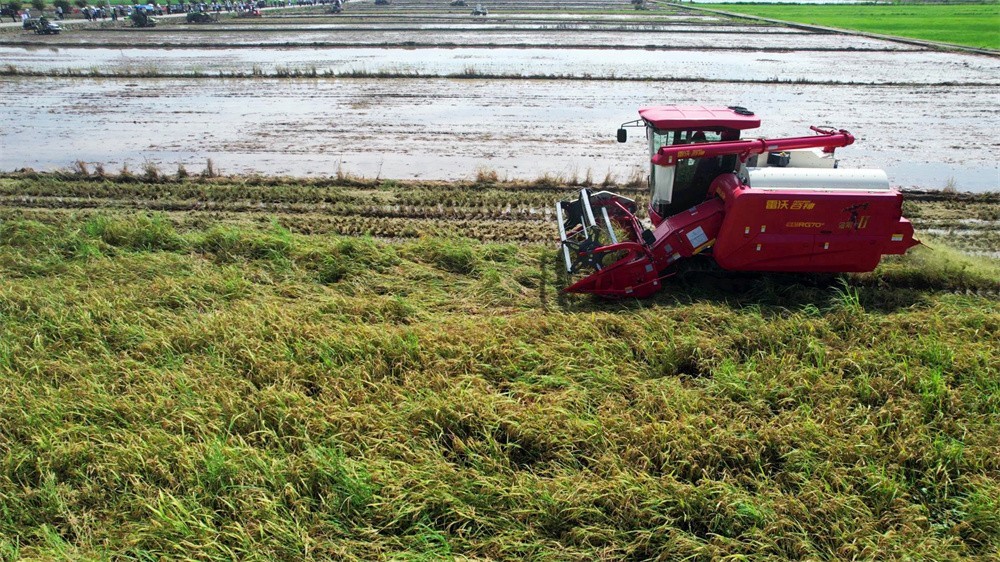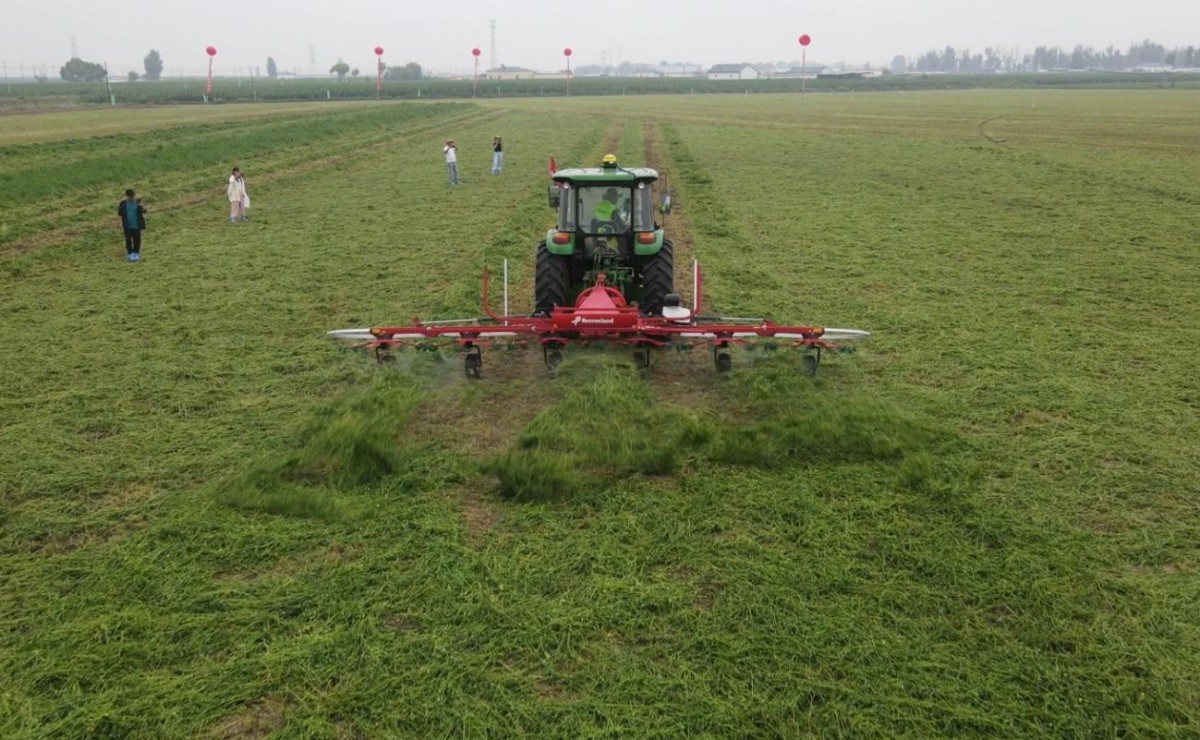What did the agricultural machinery market experience in the first half of the year
According to statistical data, in the first half of 2023, China's GDP was 59303.4 billion yuan, a year-on-year increase of 5.5%. Overall, the second quarter was better than the first quarter, with a year-on-year growth of 4.5% in the first quarter and 6.3% in the second quarter. Achieving such achievements in the context of a global economic downturn is commendable.We cannot be complacent, one thing we must pay close attention to is that our CPI (Consumer Price Index) is infinitely close to zero, with a CPI of 0.2% in May and June; April was 0.1%; In March, it was 0.7%; February is 1%; January is during the Chinese New Year, and prices are slightly higher. The CPI for that month was 2.1%. We must clearly recognize that a decrease in CPI data means a decrease in the purchasing power of the general public, with no remaining money in their hands.
However, do the common people really have little spare money?
Looking at another set of data, according to statistics, the total savings of Chinese residents in 2020 was 93.44 trillion yuan. In 2021, the total savings of Chinese residents were 103.3 trillion yuan. In 2022, the total savings of Chinese residents were 120.3 trillion yuan. In the first half of 2023, it increased by another 12 trillion yuan, which is more than the increase for the entire year of 2021. In fact, it is the people who have money in their hands but dare not spend money, but instead deposit it in the bank. Obviously, the sluggish consumption is mainly the result of the dual combination of people's unwillingness to spend money and market saturation.

Firstly, the entire line of categories fell in unison.
In the first half of the year, both traditional categories such as large and medium-sized tractors and wheeled grain combine harvesters, as well as agricultural machinery such as seeders and power rakes, as well as niche categories such as bundling machines and roller blinds that have received much attention in recent years, have seen a concerted decline. According to traditional sales patterns, the first half of the year was the peak season for products such as large and medium-sized tractors, wheat harvesters, seeders, and tillage and land preparation machinery. However, in reality, the market has not seen a strong sales situation, and even the wheeled grain combine harvesters closely related to the "Three Summers" harvest have experienced a significant decline. According to incomplete statistics, the overall market sales have decreased by more than 30% over the same period, with large and medium-sized tractors experiencing a waistline decline, Even the animal husbandry machinery industry, which has always been optimistic about, has encountered a "cold wave" due to the decline in prices of cattle, livestock, pigs, milk, etc., with an overall decline of over 20%.

At present, there is a general lack of confidence in all aspects of the value chain in the agricultural equipment industry, which is manifested in low user purchasing desire, low dealer morale, suppliers not daring to invest, and manufacturers making conservative predictions. In the first half of the year, the previous phenomenon of users picking up machines early before the operating season no longer existed, and even the sales of wheat machines only reached a small peak in certain regions before the wheat was almost ready for harvesting. The lack of user confidence in investment is mainly due to the lack of optimistic judgment on the expected returns of mechanical operations. The saturation of the agricultural machinery market is the main factor, and at the same time, based on concerns about future life pressure, "holding onto your pockets" and not investing is another key factor. "If you can make do with it, don't buy new machines" has become a common concept. It is not surprising that due to weak consumer spending, the agricultural machinery industry chain becomes sluggish and unable to operate smoothly, resulting in insufficient confidence among all parties.
Thirdly, there is a two-way backlog of industrial adjustment, speed reduction, and emission upgrading overdraft.
In 2022, the "National Three to National Four" policy was implemented. Due to the cost increase after engine upgrades and the reliability issues of new products, the vast majority of power machinery enterprises coincidentally adopted the strategy of sudden production and centralized clearance of National Three products, resulting in a rare and significant increase in the agricultural machinery market, with a visible consumer overdraft ratio. As is well known, since entering the upgrading and transformation period in 2015, the agricultural machinery industry has shifted from scale growth to quality growth, and the industrial growth rate has slowed down and normalized. In addition, the three-year impact of the epidemic from 2020 to 2022 has made the development trend of the agricultural machinery industry increasingly complex. In addition to the domestic environment, the field of globalization is also not optimistic. The combination of uncertain factors such as the Russia Ukraine War, inflation in Europe and America, and the conflict between China and the United States has led to a decline in global consumption. As a major producer, China is unlikely to live a good life just for us. This has caused too many entrepreneurs, especially private entrepreneurs, to worry and voluntarily give up their desire for growth and turn to conservative management.

Judging from years of development patterns, in the past two years, socially owned products such as large and medium-sized tractors and grain combine harvesters, which have occupied an absolute share in the agricultural equipment industry, have fully entered the explosive period of centralized updating of old machinery. Those familiar with the agricultural machinery industry know that in recent years, the updating speed of agricultural machinery products has accelerated, and the general renewal cycle of new machinery is around 3 years, which means that old farmers who purchase new machinery and use it for 3 years have switched hands. In fact, the service life of agricultural machinery varies from 8 to 10 years. Due to the lower residual value of agricultural machinery scrapping, users will not dispose of it unless it is absolutely necessary, which leads to a large number of second generation mobile phones constantly circulating in the market. According to preliminary statistics, as of now, there are about 200 million sets of agricultural machinery in society, with an original value of nearly trillion yuan. Conservatively predicted, there are about 23 million tractors and 2.23 million combine harvesters in China. In the years around 2010-2016, there was a concentrated outbreak of traditional mass products such as large and medium-sized tractors, wheat machines, rice machines, and corn harvesters. Nowadays, a huge number of old models of products have entered the elimination channel. However, the depreciation of second mobile phones, especially the upgrading of power machinery emissions (from 2016 to 2016 and from 2022 to 2022), has greatly reduced users' desire to replace old machines, resulting in insufficient demand for new products and inevitable market downturn.

In the first half of the year, the agricultural machinery enterprises that had the most difficult times were mainly affected by large and medium-sized enterprises, especially small enterprises without the ability to produce core components and rely on assembly to survive. Many enterprises have already closed down and closed down. It can be seen that while the market is declining, the industry reshuffle is accelerating, and the "Matthew effect" is becoming increasingly prominent, which is "good, it will be better; bad, it will be even worse". In the "golden decade" of rapid development in the agricultural machinery industry, the rapid growth of industrial scale has covered up the shortcomings of many enterprises such as weak technological innovation, insufficient manufacturing foundation, and inadequate lean management. After the industrial transformation and upgrading stage, these shortcomings must be filled one by one, and enterprises that cannot keep up with the pace will be eliminated. The pace of industrial progress is accelerating, and the gap between enterprises is becoming increasingly apparent. We must pay attention to many industry weaknesses, and give a few examples, such as the problem of insufficient localization of high-end intelligent products; For example, core technical issues such as CVT continuously variable transmission system, full-time drive technology, suspension chassis technology, etc; For example, the import dependency of core components such as the D-type knotter of the tying machine, the cotton picking finger of the cotton picking machine, and the seed clip of the zero tillage precision seeder; For example, high-end processing equipment and processes are not effective, information hardware (such as chips) are not effective, and lean management is generally weak, all of which need to be addressed one by one.

The development of history will never be transferred by personal will, it will always be a spiral development that is unstoppable and irreversible. According to economists' judgment, in the next decade, the overall domestic economy will not be optimistic in the short term and pessimistic in the long term, and the industrial industry will show a trend of slow and rational growth. The prospects of the agricultural machinery industry are still bright and promising. Only by surviving can we live better. Focusing on products, user needs, cash flow, talent and team building, we can only move forward steadfastly, and there is no other way. Let all agricultural machinery personnel work together!





